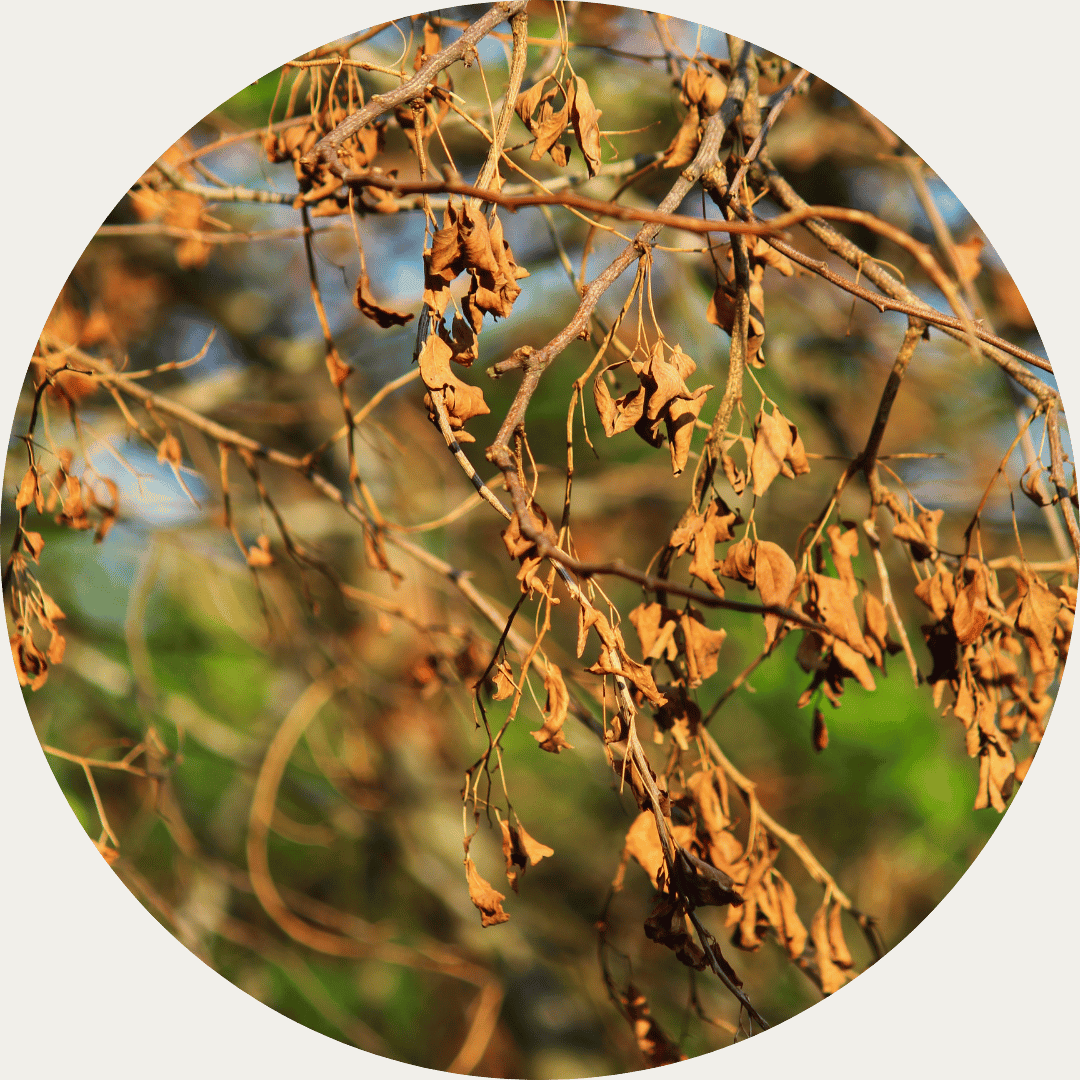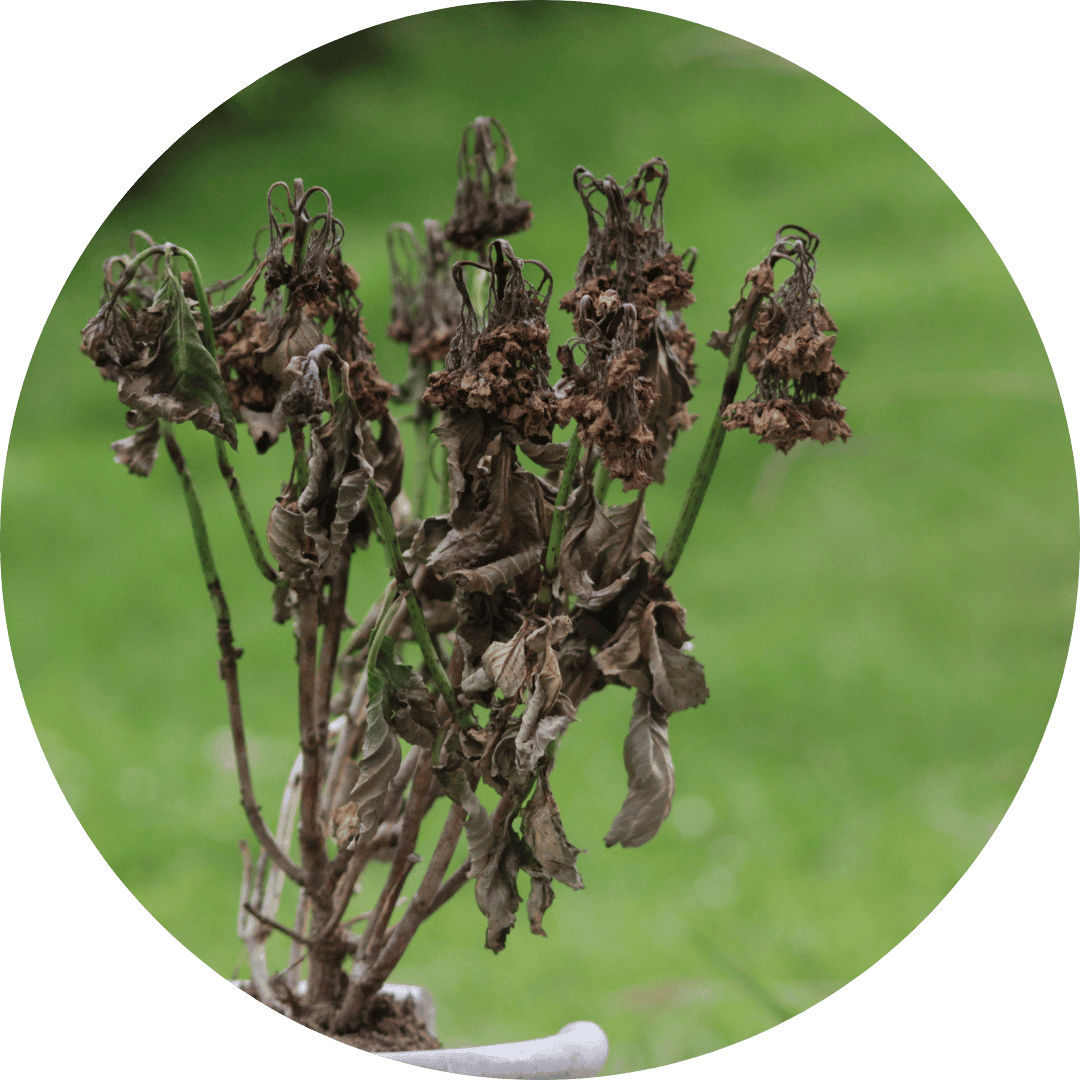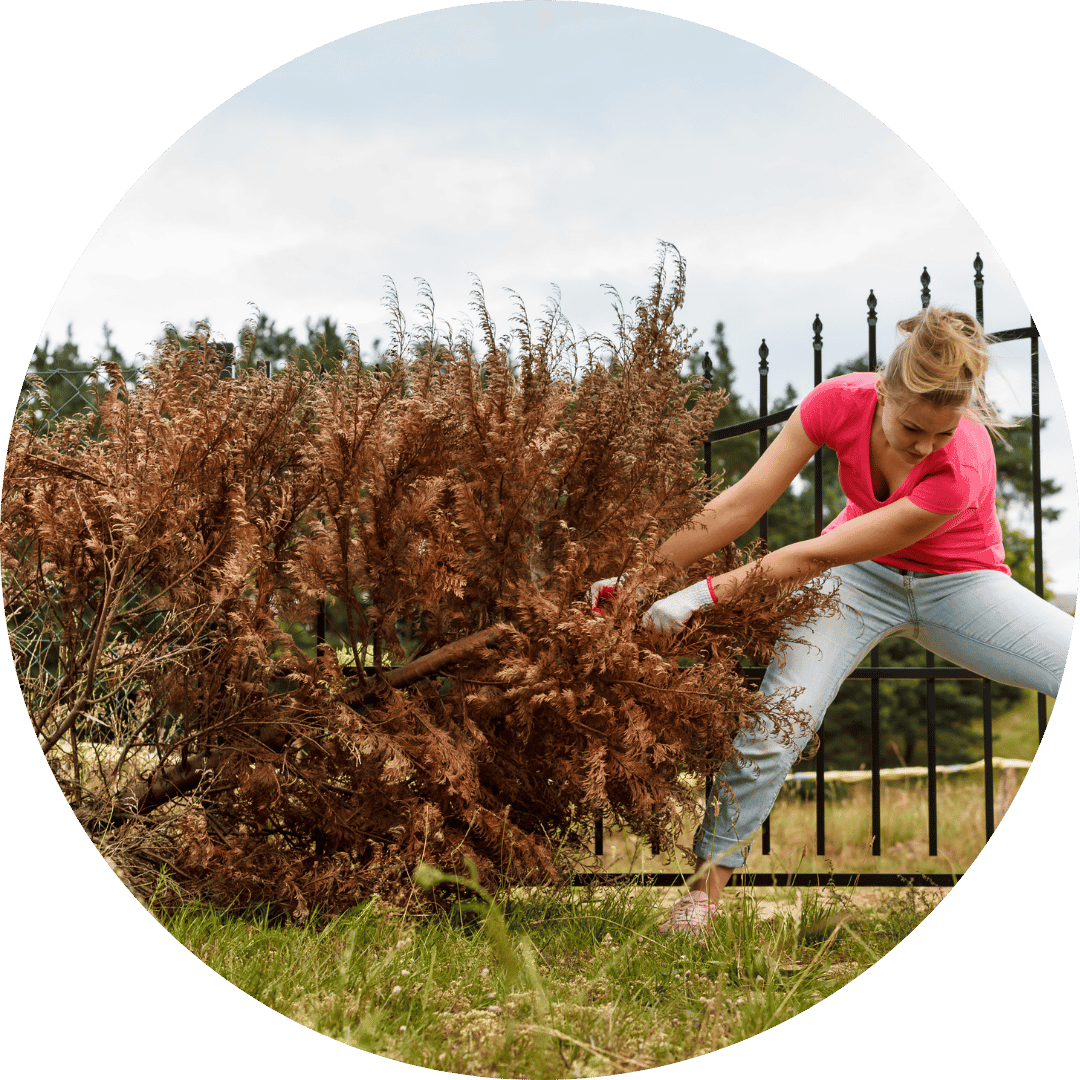
Assessing the Damage: Is the Plant Salvageable?
Assessing the Damage: Is the Plant Salvageable?
When assessing a plant with dead spots, the first step is to determine the extent and cause of the damage. Here are some key indicators to look for:
1. Leaf Damage vs. Root Damage

2. Extent of Dead Spots
- Minor Damage: If only a few leaves or branches are affected, the plant may still have a healthy core. Trimming away the dead or damaged parts and giving the plant proper care can encourage new growth.
- Widespread Damage: If more than 50% of the plant shows dead spots, the chances of full recovery diminish. Extensive damage may indicate that the plant’s internal systems are compromised, making it difficult for the plant to thrive.
3. Seasonal Stress or Permanent Damage?

- Seasonal Stress: Plants often go through periods of stress due to environmental changes, such as extreme heat, drought, or transplant shock. In these cases, giving the plant time to adjust and providing consistent care can lead to recovery.
- Permanent Damage: If the plant shows no signs of improvement after several weeks of proper care, it may be suffering from permanent damage. This is particularly true for plants that have been improperly planted, such as those with girdled roots or those placed in unsuitable soil.
Steps to Revive a Salvageable Plant
Steps to Revive a Salvageable Plant
If you determine that your plant is salvageable, take the following steps to nurse it back to health:
Prune the Dead Spots: Carefully trim away any dead or diseased leaves, stems, or branches. This not only improves the plant's appearance but also prevents the spread of disease.
Adjust Watering: Ensure that your plant is receiving the appropriate amount of water. Overwatering can lead to root rot, while underwatering can stress the plant further.
Optimize Sunlight Exposure: Make sure your plant is receiving the right amount of sunlight for its species. Too much or too little sunlight can exacerbate the problem.
Fertilize Wisely: Apply a balanced fertilizer to provide the necessary nutrients for recovery. Be cautious not to over-fertilize, as this can harm a stressed plant.
Monitor for Pests: Check the plant regularly for signs of pests, such as holes in leaves or a sticky residue. Treat infestations promptly to prevent further damage.
When to Replace a Plant
When to Replace a Plant
Sometimes, despite your best efforts, a plant may be beyond saving. Here are situations where replacing the plant is the best course of action:
Extensive Root Damage: If the roots are severely damaged or rotting, the plant is unlikely to recover. It’s better to remove the plant and replace it with a healthy one.
No Signs of New Growth: If the plant shows no signs of new growth after several weeks of care, it may be too weak to recover. In this case, replacing the plant is advisable.
Recurring Problems: If a plant consistently struggles with pests, disease, or environmental stress despite your efforts, it may be better suited to replace it with a more resilient species.
Aesthetic Concerns: If the dead spots significantly impact the plant's appearance and overall aesthetic of your garden, replacing it with a healthy, vibrant plant can restore the beauty of your landscape.

Preventing Future Problems
Preventing Future Problems
To minimize the risk of dead spots in new plantings, consider the following preventive measures:
- Choose the Right Plant for the Right Place: Ensure that the plants you select are suitable for your garden's soil, sunlight, and climate conditions.
- Proper Planting Techniques: Plant at the correct depth and avoid disturbing the root system excessively during transplanting.
- Regular Maintenance: Regularly water, fertilize, and inspect your plants to catch any issues early before they become severe.
Conclusion
Conclusion
Dead spots on new plantings can be disheartening, but with the right knowledge and care, you can often bring a struggling plant back to life. By assessing the damage, providing proper care, and knowing when it’s time to replace a plant, you can maintain a healthy, thriving garden. Remember, each plant is different, and patience and attention to detail are key to success. Whether you choose to revive or replace, your efforts will be rewarded with a garden that flourishes and brings joy for years to come.


